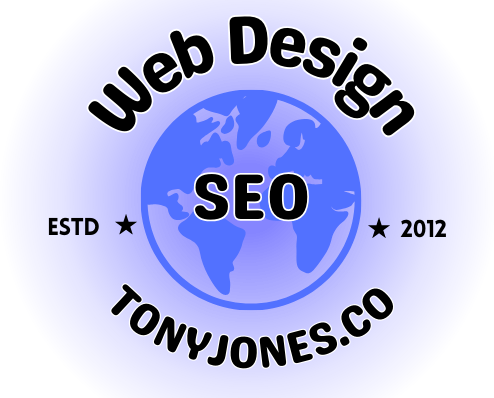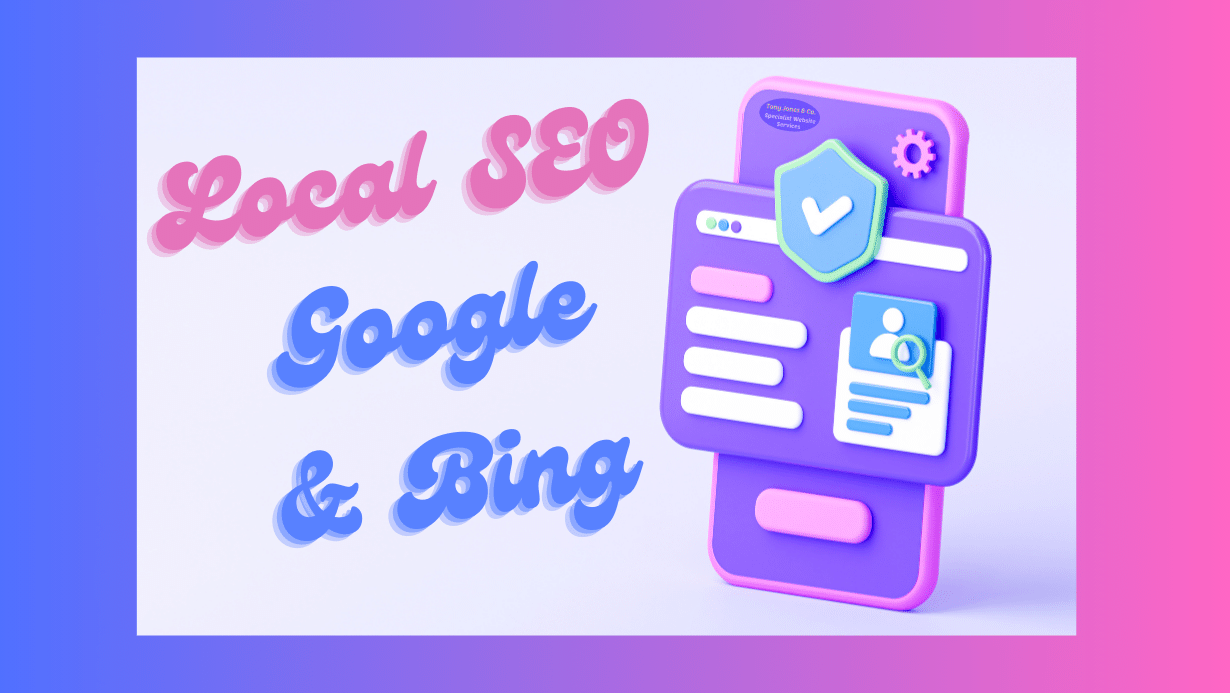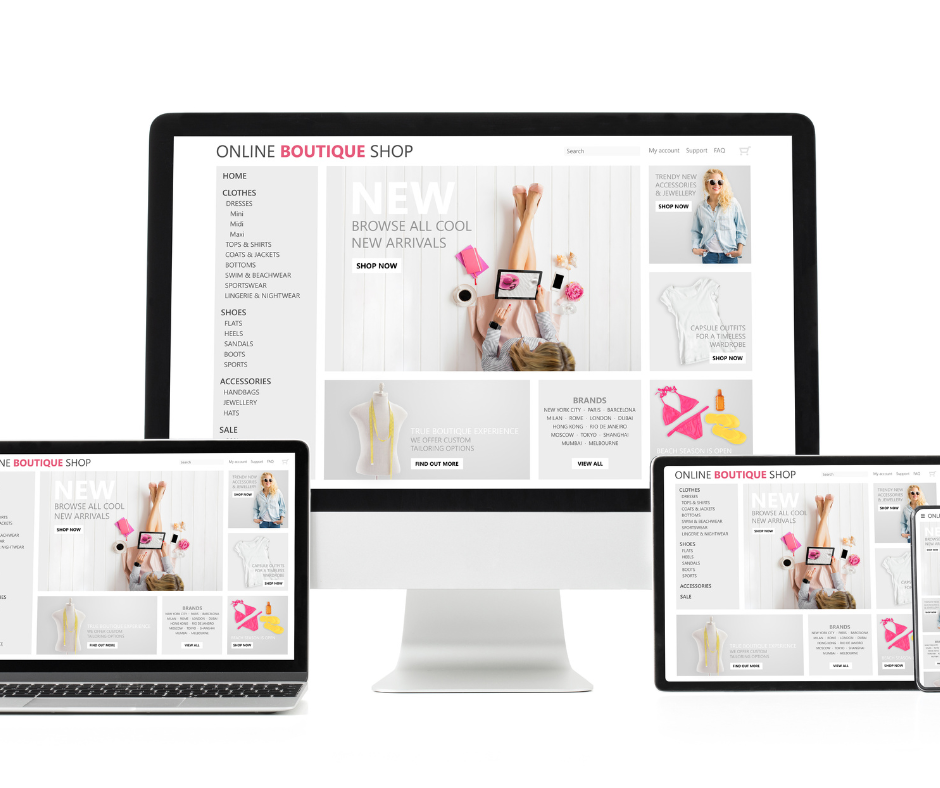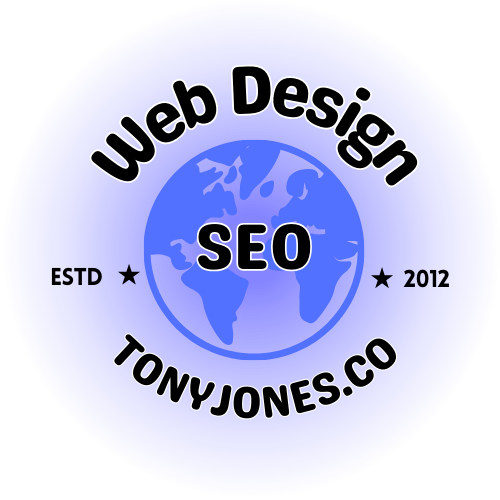Web Designer Wrexham, Professional Website Services - Tony Jones CITP, FBCS.
Key elements to consider when designing a website for your business
Key elements to consider when designing a website for your business

When embarking on a web design for your business
When embarking on a website design project, there are several key elements that you need to consider and provide information on to ensure its success. First and foremost, it is important to clearly communicate your business goals, as this will serve as the foundation for the entire design process. By sharing your objectives and aspirations, the designer will be able to tailor the website to align with your vision and help you achieve your desired outcomes.
Consider the audience
Another crucial aspect to address is your target audience. Understanding who your website is intended for is essential in order to create a user experience that resonates with your target market. By identifying their needs, preferences, and behaviors, the designer can design a website that effectively engages and appeals to your audience, ultimately driving more traffic and conversions.
In addition to these fundamental considerations, providing branding guidelines is vital. These guidelines ensure that your website accurately reflects your brand identity, maintaining consistency across all touchpoints. By sharing your brand's colors, fonts, logos, and other visual elements, the designer can incorporate these elements seamlessly into the website, reinforcing your brand's presence and increasing brand recognition.
Website function and users
When it comes to the website's functionality and user experience, having a clear understanding of your requirements is essential. Consider the features and functionalities you want your website to have, such as e-commerce capabilities, contact forms, search functions, or social media integration. By outlining these details, the designer can develop a website that meets your specific needs and enhances the user experience.
Website design colour and layout
Moreover, the website's layout, color scheme, and imagery play a significant role in creating a visually appealing and cohesive design. Provide input on the desired layout structure, whether it be a traditional grid-based layout or a more contemporary and dynamic design. Share your preferences regarding color schemes, such as vibrant and bold colors or a more muted and minimalist palette. Finally, discuss the type of imagery you envision for your website, whether it be original photography, stock images, or illustrations, as this will help the designer curate visuals that resonate with your brand and enhance the overall aesthetics of the website.
Ultimately, by providing as much detail as possible, you empower the designer to create a website that not only meets your needs but also effectively represents your brand. The more information and guidance you provide, the better equipped the designer will be to deliver a website that embodies your vision and achieves your goals. So take the time to share your business goals, target audience, branding guidelines, and content, as well as your thoughts on functionality, layout, color scheme.
Summary of website design considerations
Key elements to consider when designing a website for your business include clearly communicating your business goals, considering your target audience, providing branding guidelines, understanding the desired website functionalities, and discussing the desired layout, colour scheme, and imagery. By providing detailed information, you empower the designer to create a website that aligns with your vision and meets your goals.
About the author Tony Jones CITP FBCS:
An experienced and qualified Web Designer based in Wrexham, a Chartered IT Professional and a Fellow of the British Computer Society.
Contact us
We will get back to you as soon as possible
Please try again later
More news and articles: - Websites, Design, SEO, Artificial Intelligence, anything Digital Technology.
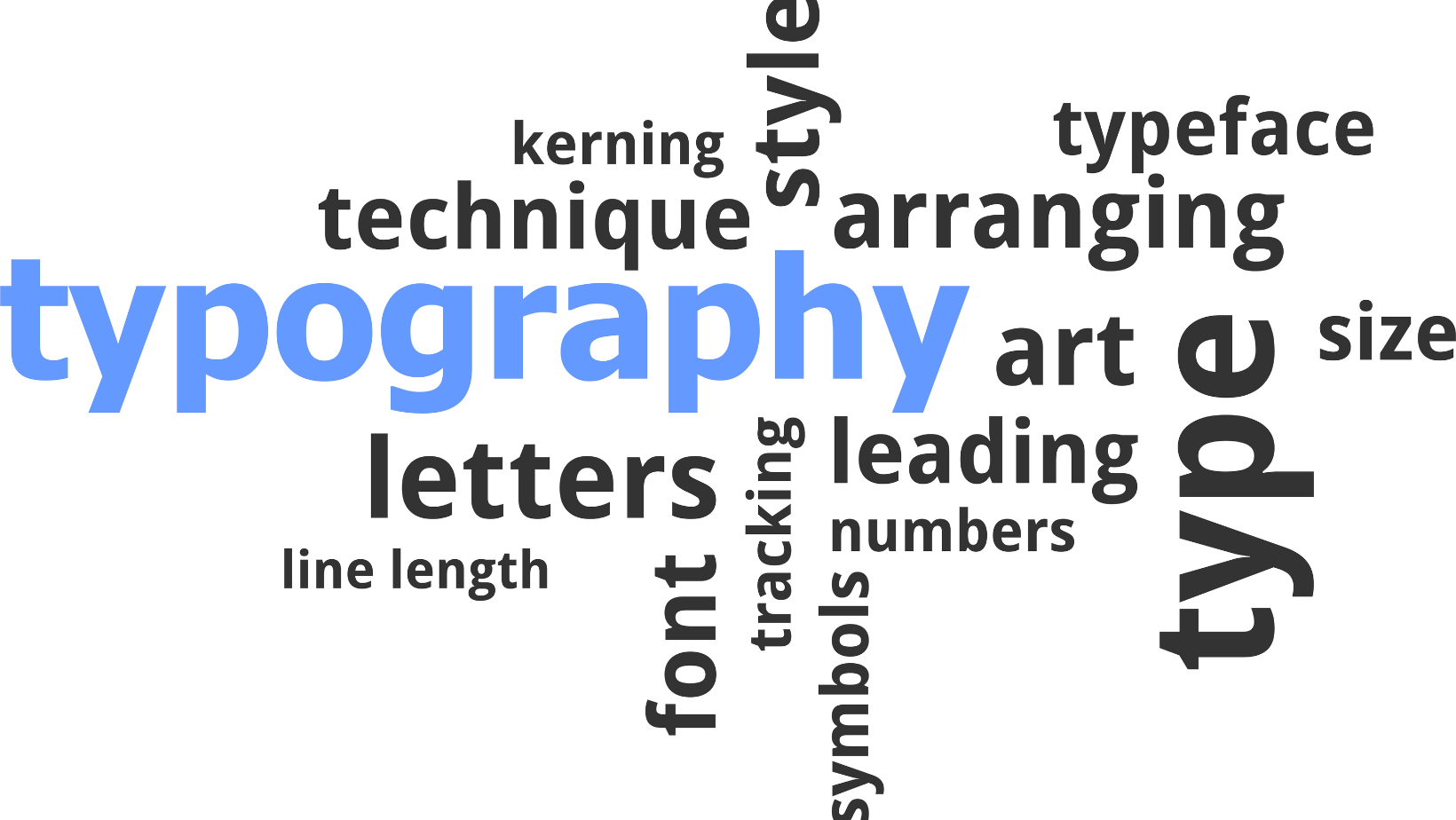
All Rights Reserved | TonyJones & Co.
